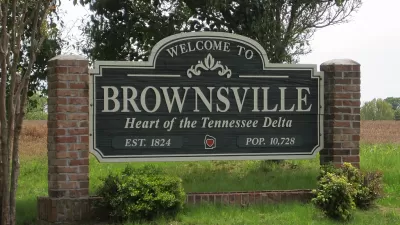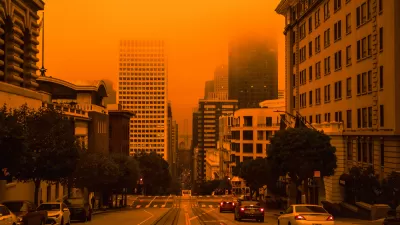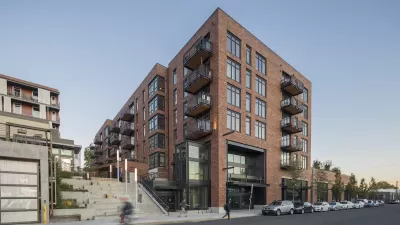Hazel Borys compiles an extraordinary list of studies quantifying the role of livable, walkable places in building equity, city coffers, health, and social capital.
Need that elevator soundbite that ties urban design and zoning reform to outcomes on some particular subject? Check out this compilation of studies from a variety of sources that add numbers to placemaking. Hazel Borys notes:
"When we updated and republished the Codes Study last week, I was deeply encouraged by all of you who expressed support. I enjoyed the exchanges regarding this group of towns and cities that are using character-based land use laws to guide proactive, locally-driven efforts to improve quality-of-life and become more economically competitive."
"Others of you were asking for insights for how to get this change rolling at home, looking for value capture. Many reports quantify the value of the sorts of livable, walkable places that a form-based code generates. Here is a selection of studies that help make the case for walkability."
She goes on to group studies and their outcomes under the general topics of:
- Building Equity: Commercial and Home Values
- Building City Coffers: Increased Tax Base and Decreased Costs
- Building Health: Cycling and Walking
- Building Connections: Social Capital
- Building Supply: Market Preference
- Decreasing Emissions: VMT and Gas Pump Bills
Thanks to Scott Doyon
FULL STORY: Places that Pay: Benefits of Placemaking

Trump Administration Could Effectively End Housing Voucher Program
Federal officials are eyeing major cuts to the Section 8 program that helps millions of low-income households pay rent.

Planetizen Federal Action Tracker
A weekly monitor of how Trump’s orders and actions are impacting planners and planning in America.

The 120 Year Old Tiny Home Villages That Sheltered San Francisco’s Earthquake Refugees
More than a century ago, San Francisco mobilized to house thousands of residents displaced by the 1906 earthquake. Could their strategy offer a model for the present?

HSR Reaches Key Settlement in Northern California City
The state’s high-speed rail authority reached an agreement with Millbrae, a key city on the train’s proposed route to San Francisco.

Washington State Legislature Passes Parking Reform Bill
A bill that would limit parking requirements for new developments is headed to the governor’s desk.

Missouri Law Would Ban Protections for Housing Voucher Users
A state law seeks to overturn source-of-income discrimination bans passed by several Missouri cities.
Urban Design for Planners 1: Software Tools
This six-course series explores essential urban design concepts using open source software and equips planners with the tools they need to participate fully in the urban design process.
Planning for Universal Design
Learn the tools for implementing Universal Design in planning regulations.
Ada County Highway District
Clanton & Associates, Inc.
Jessamine County Fiscal Court
Institute for Housing and Urban Development Studies (IHS)
City of Grandview
Harvard GSD Executive Education
Toledo-Lucas County Plan Commissions
Salt Lake City
NYU Wagner Graduate School of Public Service





























